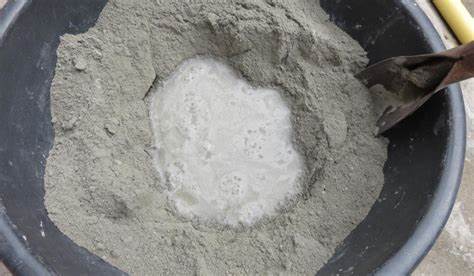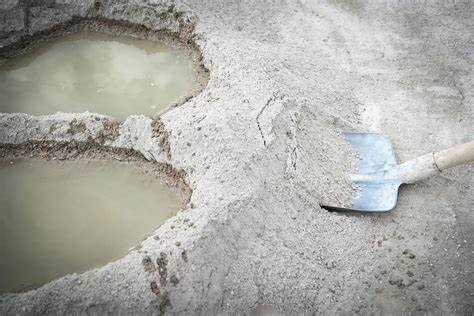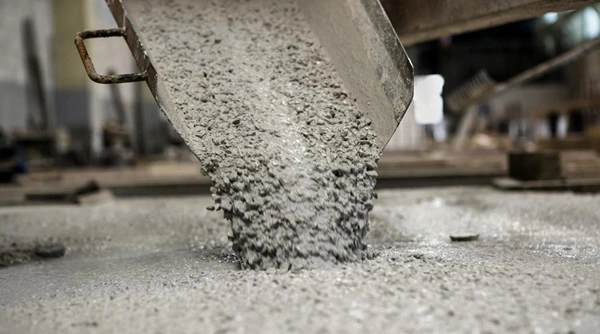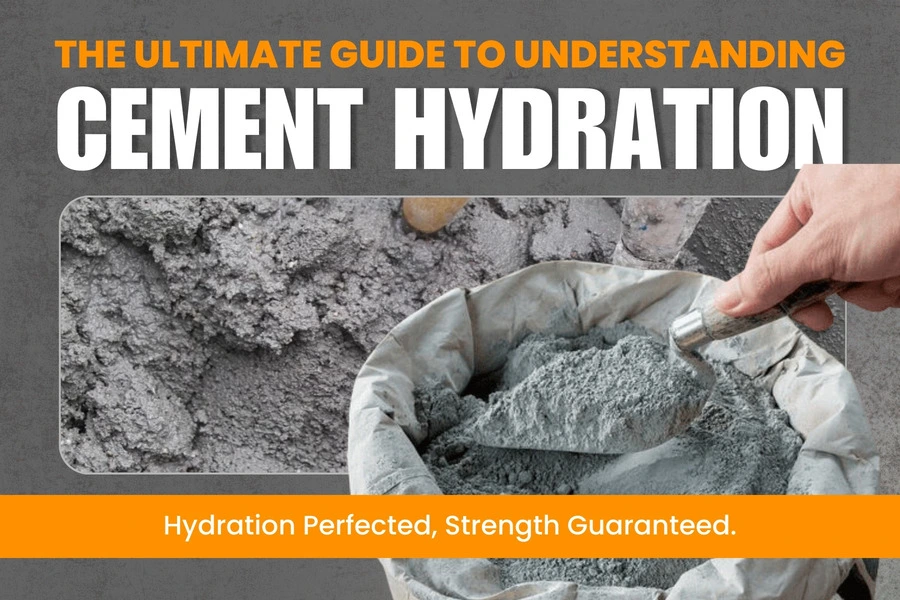Hydration of cement in construction is an extremely crucial process. This is especially true when the construction project uses significant amount of cement and concrete. It is very important for builders and homeowners to understand cement hydration to ensure best performance of the building materials being used. In addition, having knowledge of the hydration of cement also ensures optimal strength and durability in the structure.
Table of Contents
In this ultimate guide to understanding cement hydration, we have explained its definition, phases, and importance to help you learn everything you need to ensure you get the strongest and most durable buildings.
What is Cement Hydration?
Cement becomes the main bonding material when used with mortar mix or concrete. It is anhydrous and needs additional hydration to achieve optimal strength during the curing process. The hydration process begins when cement is mixed in water. This causes a series of exothermic reactions that eventually form microscopic crystal-like structures and turns the cement into a strong bonding agent.

Portland cement is the main component in conventional cement. When mixed with water, it undergoes a chemical reaction and develops into different types of hydrous cement-based products. During this process, the cement breaks down into its main by-products, which are –
Calcium Silicate Hydrate (C-S-H) gel
Calcium silicate hydrate gel is the main by-product of the cement hydration process. This element is credited with deciding the final bonding properties of the concrete or mortar mix. The C-S-H gel is composed of very fine components and can easily fill tiny gaps between the aggregates and cement particles. This helps to create a thick matrix and makes the concrete incredibly strong and durable.
Ettringite
Ettringite usually forms in cement mixes that have fly ash or slag as supplementary cementitious materials. This substance delays the hardening of the concrete or cement in the plastic stage to ensure optimal durability.
Calcium Hydroxide (CH)
Calcium hydroxide is also called ‘portlandite’ at times. It is another valuable by-product of the cement hydration process. It not only contributes to making the concrete stronger, it also helps to ensure significant early strength development in the concrete structure.
These elements decide the level of durability and strength of the resultant concrete. There are several phases in the cement hydration process, which helps to produce different types of cement products. As cement hydration is a time-sensitive process, it can be manipulated using influencing factors, such as water-to-cement ratio, temperature, and other cementitious products.
Phases of Cement Hydration

As mentioned earlier, there are various phases in the overall cement hydration process. This progressive nature helps to ensure optimal final strength in the concrete.
Let’s learn about the phases of cement hydration in detail.
Phase 1 – Initial reaction
The initial reaction begins at the moment water is added to the cement. This instant reaction happens as soon as the cement particles begin dissolving in the water. During this phase, the dissolved cement particles begin releasing ions, which cause the hydration products to form. This is the phase that triggers subsequent chemical reactions in the entire cement hydration process.
Phase 2 – Dormancy
After the initial reaction, the next phase in the hydration of cement is comparatively inactive and hence called as the ‘dormancy phase’. During this stage, the hydration process seems to become completely passive. Though there are no visible reactions, there are various crucial chemical reactions that begin taking place, but at a slower rate.
Despite the phase being called ‘dormant’, the non-visible exothermic chemical reactions that occur within are crucial to develop final strength and ensure durability.
Phase 3 – Strength Acceleration
After the seemingly dormant stage, the cement hydration process once again picks momentum. In this phase, the concrete develops its inherent bonding strength significantly. In addition, the essential by-products, such as calcium hydroxide and calcium silicate hydrate gel also begin forming faster and this enhances the concrete’s strength even more significantly.
Phase 4 – Speed Reduction
The rate of chemical reaction begins to gradually slow down once the strength acceleration stage gets completed. However, slower chemical reaction does not result in slowing down the hydration process and it continues at its normal pace, which helps develop optimal final strength.
Phase 5 – Steady Development
The last phase in the cement hydration process makes the chemical reactions steady and keeps the rate of reaction constant too. Similar to the earlier phase, the hydration continues despite the slower rate of reaction for a long duration of time. This continued hydration results in enhancing the concrete’s qualities, mainly its durability and compressive strength.
Importance of Cement Hydration

The cement hydration process is extremely crucial in the construction industry for several reasons. Let’s learn the importance of proper hydration of cement for strong and durable infrastructure –
Stronger bonding solution
Proper hydration of cement converts loose cement particles into a strong matrix. This becomes the main binding agent that keeps the aggregate held together, which forms the overall cementitious structure.
Added strength
Hydration of cement is also the main reason for the inherent durability and significant strength of concrete. The exothermic reactions that occur during the mixing phase create valuable by-products like calcium silicate hydrate (C-S-H) gel, which enhance the overall strength of the material for a longer duration.
Related Post: How to Develop High Early Strength Concrete for Construction Projects?
Enhanced workability
Learning about the hydration process helps to enhance the concrete’s workability and make it more versatile. Construction experts can ensure smoother and more efficient construction by controlling the concrete’s setting time. This technique helps to ensure accurate molding, placement and finishing.
Optimal durability
Appropriate hydration of cement also helps to ensure optimal durability of the concrete structure. The hydrated cement paste creates a strong safety layer over the concrete structure which enhances its overall durability against physical damage. This technique can ensure protection of homes and buildings from damaging environmental hazards, such as abrasion, chemical spills, and even frequent freeze-thaw cycles.
Conclusion
Cement hydration is a critical process to ensure strong and durable structures in the construction industry worldwide. By learning its details, construction professionals can manage the process and ensure enhanced durability and strength in homes, offices and other infrastructure. It is highly advisable to buy any cement-based construction product from renowned brands, such as Sakshi Chem Sciences for the best results.
FAQs
What is the complete hydration of cement?
You can calculate the progress of cement hydration by assessing the chemical composition of the cement and the volume of water mixed in it.
What is the rate of hydration of cement?
The rate of hydration of cement is dependents on several factors, such as evaporation, water-to-cement ratio and its inherent temperature.
What is the hydration process?
The cement hydration process is an exothermic chemical reaction that occurs when cement is mixed in water. It results in formation of several by-products, such as C-S-H gel and CH, which ultimately decide the level of strength and durability of the concrete structure.
How long does it take for cement to hydrate?
The hydration of cement peaks around 10 to 20 hours from mixing the cement in water. However, the concrete needs at least 28 days to achieve optimal strength.

